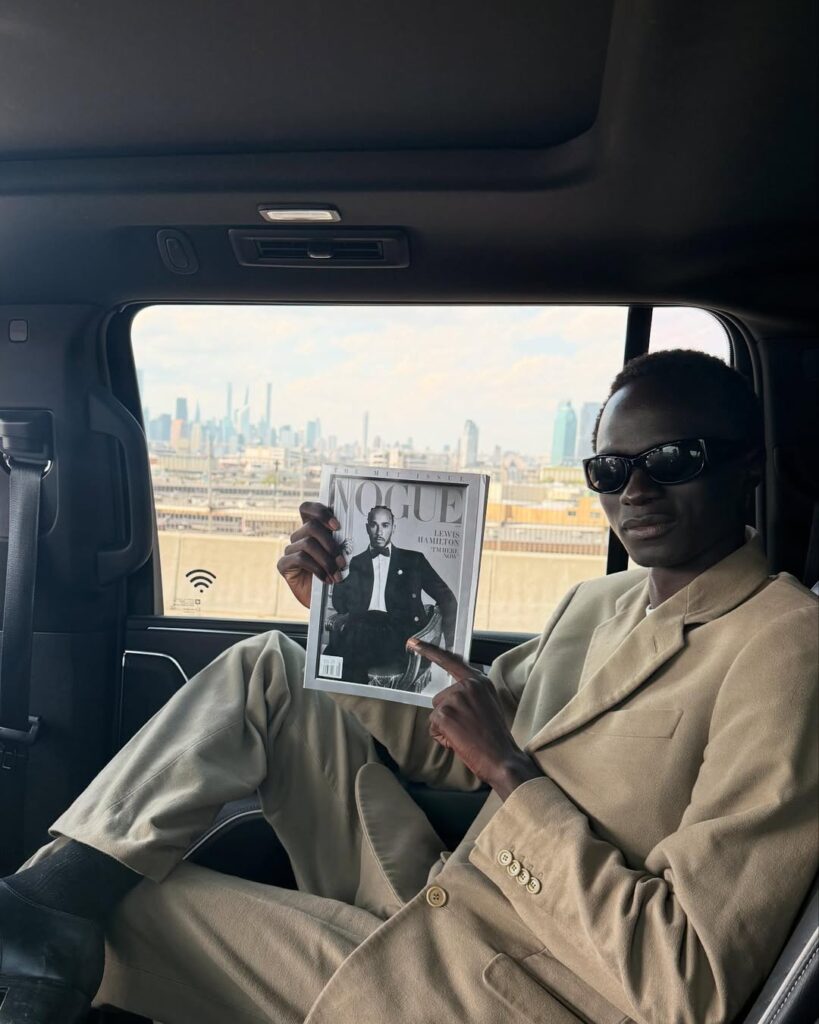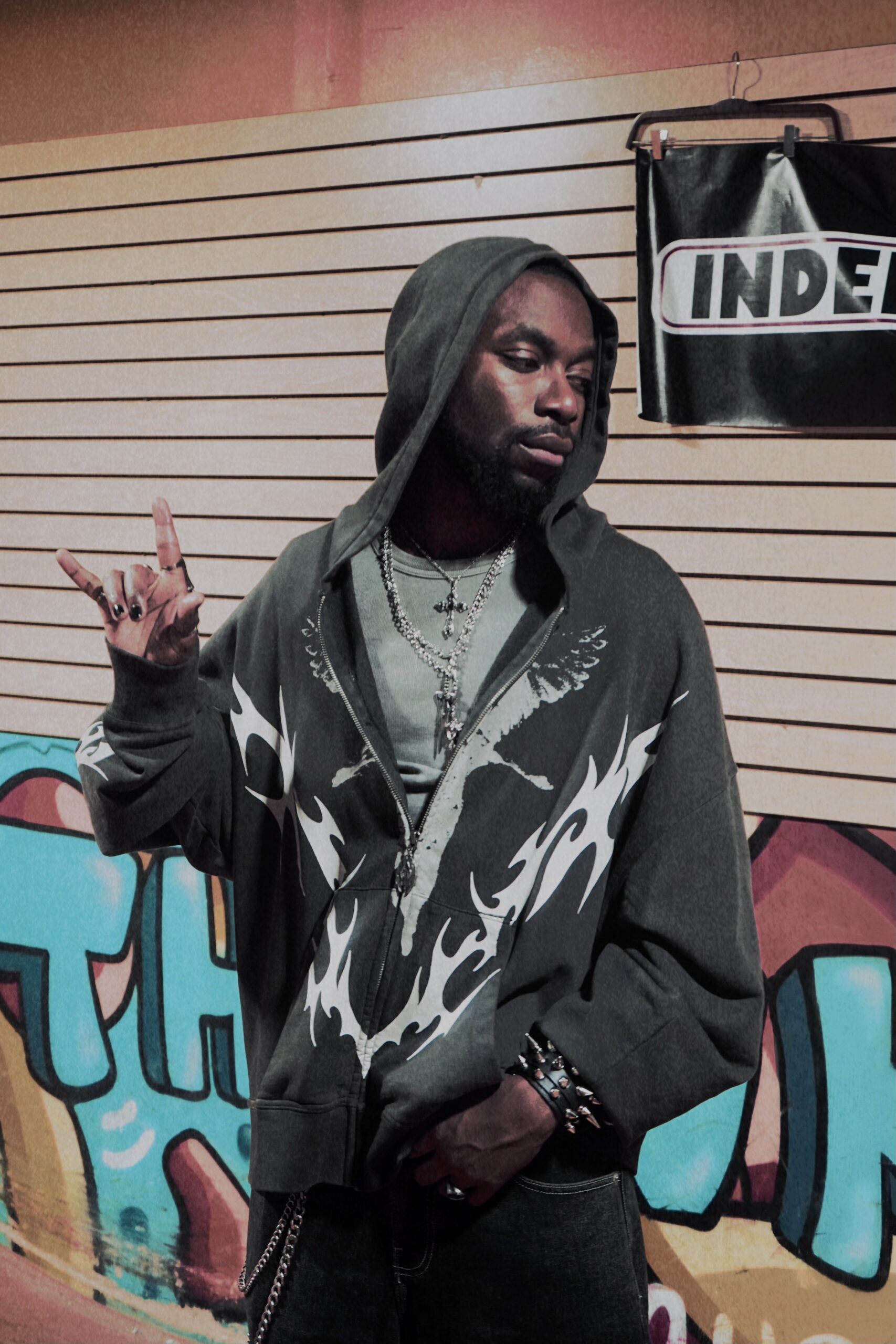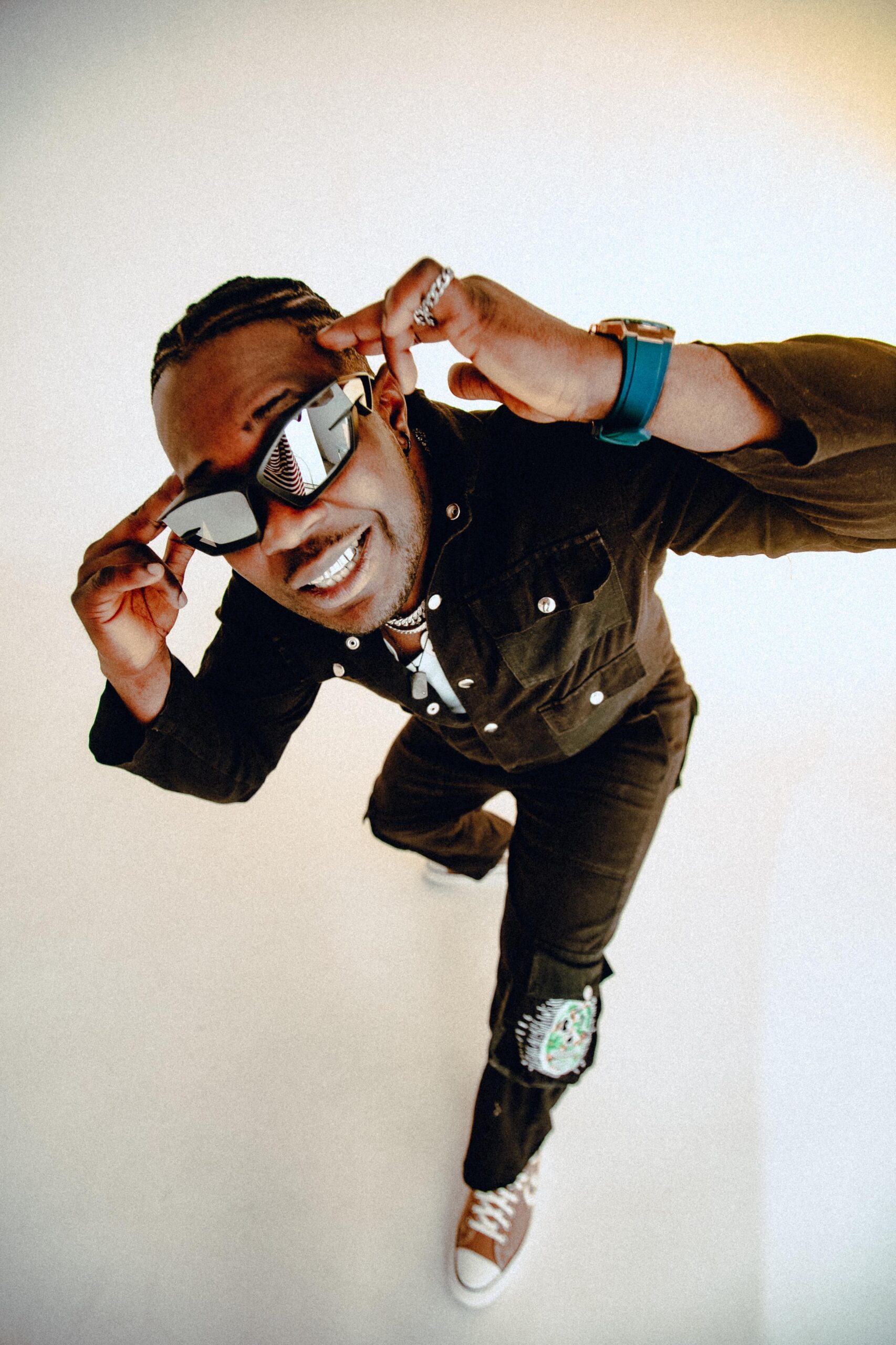From Dakar to Milan, Malick Bodian’s journey is one of shifting vantage points, from being photographed to doing the photographing. The Senegalese-Italian artist began as a model for luxury houses like Dior, Givenchy, and Louis Vuitton. But what makes him remarkable is not how the camera found him, it’s how he learned to look back.
Behind the lens, Bodian reclaims the gaze that once objectified him. His photographs feel like a quiet rebellion, mirrors held up to a world still learning how to see Blackness beyond spectacle or tokenism. Every frame feels alive with memory, restraint, and a deep, wordless tenderness.
Bodian’s photography speaks softly, like a poem whispered between generations. He shoots with the patience of a writer, crafting each frame as though it were a line of verse. His portraits of Naomi Campbell, Adut Akech, and the late Virgil Abloh carry an unmistakable depth, not just images of icons, but dialogues of legacy.
In Bodian’s hands, light becomes a translator. It doesn’t just illuminate; it interprets. His camera exposes the contradictions of modern identity, elegance and vulnerability, beauty and burden, diaspora and home.
For Bodian, fashion isn’t vanity, it’s vocabulary. Through collaborations with Jacquemus, Louis Vuitton, Dior, and Vogue Italia, he uses visual language to explore questions of identity and belonging. His work blurs the lines between editorial and ethnography, proving that Africa has always been couture, long before the world started watching.

Each photograph feels like a quiet manifesto: a study in reclamation, of narrative, of beauty, of Black existence rendered with dignity and grace.
Malick’s portraits are not just representations, they are recognitions. His subjects don’t pose; they exist. There’s a sovereignty in the way he frames the Black form — soft, luminous, and self-assured. Whether he’s behind the camera or standing before it, Bodian creates continuity, bridging Africa and its diaspora through shared light and inherited poise.
His work reminds us that to photograph is not only to capture, it is to understand.




